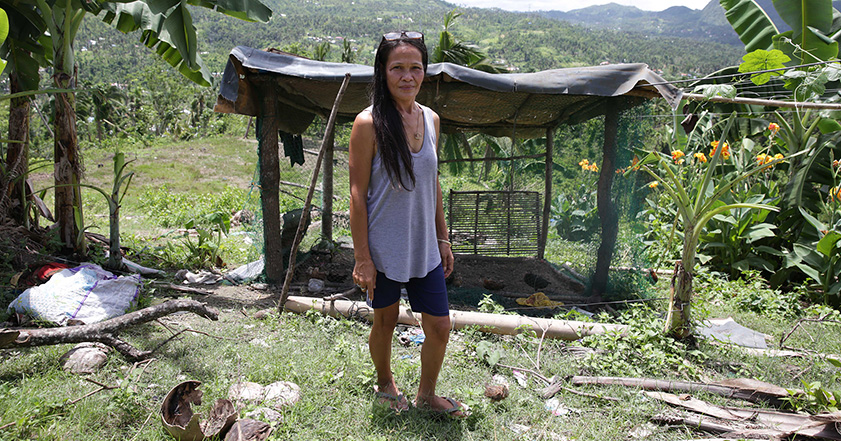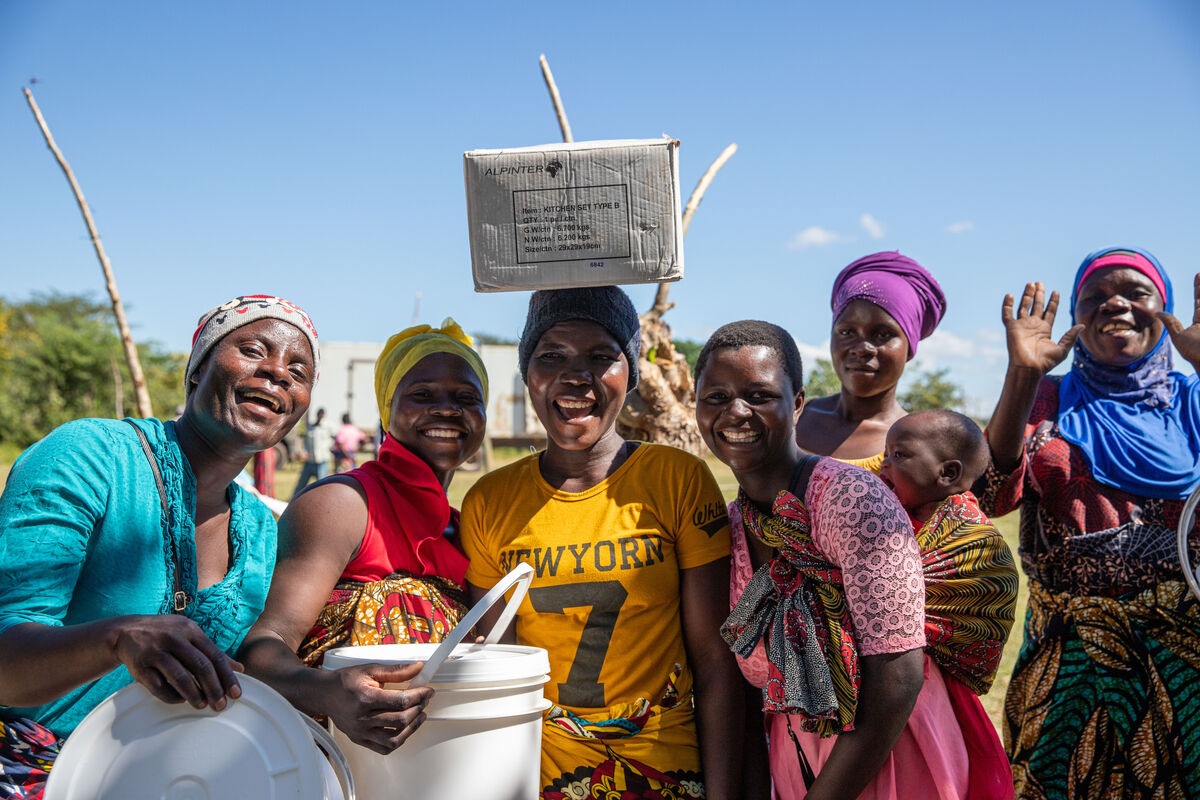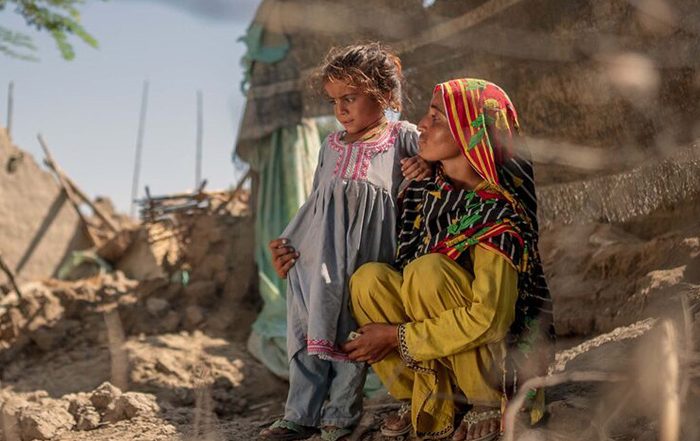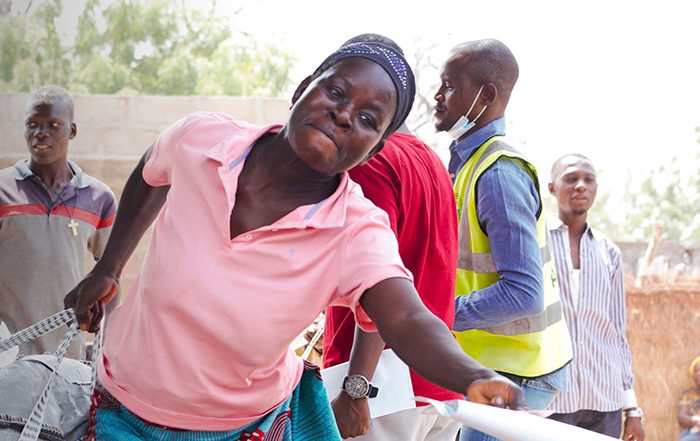The thought of losing your home is horrifying. But imagine what it would feel like if you had to face losing your home over and over again. That’s the reality for people around the world who are stuck in a cycle of disaster. Communities are still recovering from one disaster when another arrives.
In this blog we’re looking at some of the places we have worked that face this cycle of disaster.
The Caribbean
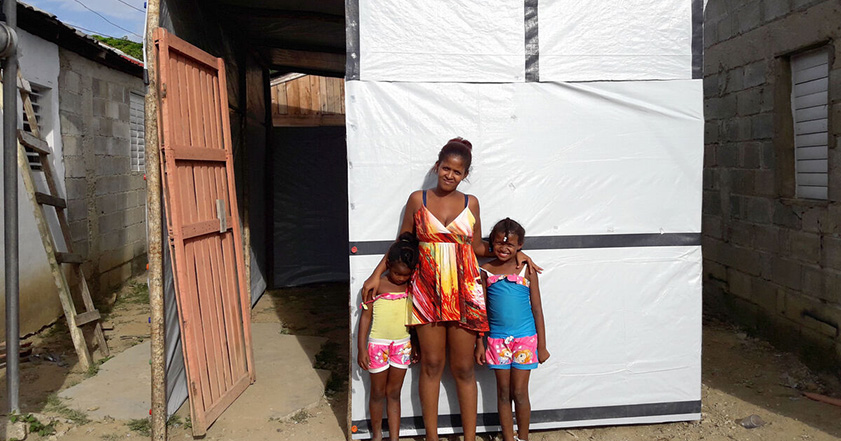
Hurricane Beryl has already brought destruction to the islands in the Caribbean this year. The arrival of such a severe storm so early in hurricane season raises the real prospect that other hurricanes may strike the same places this season. This would only add to the troubles of the communities who have lost homes and livelihoods. And it wouldn’t be the first time this has happened.
In 2017 Hurricane Irma swept across the Caribbean, destroying homes and lives. But this Category 5 storm was just the beginning. Only two weeks later Hurricane Maria followed a very similar path. This second storm halted recovery efforts and caused further damage.
Yanira and her family lived close to a river in the Dominican Republic. Her home flooded in both hurricanes. She said, “The river flooded through the house. It was at least a metre high. The walls cracked, there is a hole in the floor, which you can see the river through underneath. We need to stay here until we can find a house further from the river, but it’s not safe.”
The family received a shelter kit from ShelterBox. Members of the local community came together to build them a shelter outside their old home. Yanira felt safe living here while the family looked for a new home away from the river.
The climate crisis is making storms like hurricanes more severe. This means that more people like Yanira could lose their homes to repeated storms.
Malawi
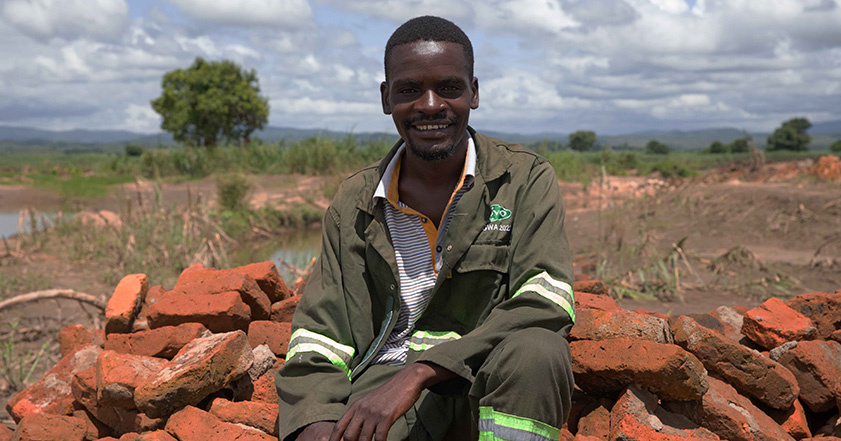
We are currently responding in Malawi. Severe flooding early in 2024 has left thousands of people homeless. But this is not our first response in the country.
We previously supported people there affected by flooding in 2020, in 2019 after Cyclone Idai, and in 2015. In 2023 we sent a team after Cyclone Freddy.
The flooding this year impacted people who were already living in displacement camps after Cyclone Freddy. This new wave of people made homeless has led to a shortage of aid like tents and tarpaulins in the country.
People in Malawi contribute very little to the climate crisis, but they are bearing the brunt of it. They suffer repeated storms and floods. The people living there are struggling to recover from one disaster before the next hits. Malawi has also been affected by drought – there is currently a state of emergency in 23 districts.
Our current response in Malawi is using aid we had already positioned there after Cyclone Freddy. Sadly, we knew it was likely that further disasters would impact the country. Because of repeated disasters we keep stocks of aid in countries where they might be needed. More aid is in warehouses around the world for quick dispatch.
Andrew lost his business in the 2024 Malawi floods. But it isn’t the first time he’s seen such flooding. “We didn’t see the damage at first, we could only see water… this isn’t the first time, it [also] happened in 2019… but it was not as huge as this year, this is the biggest I’ve ever seen.”
Andrew is also worried about more flooding in the future. “What we need is help, to make sure this problem does not happen again.”
The climate crisis is worsening, and international governments aren’t investing in disaster preparation. This makes it likely that people around the world will face more disasters in the future.
The Philippines
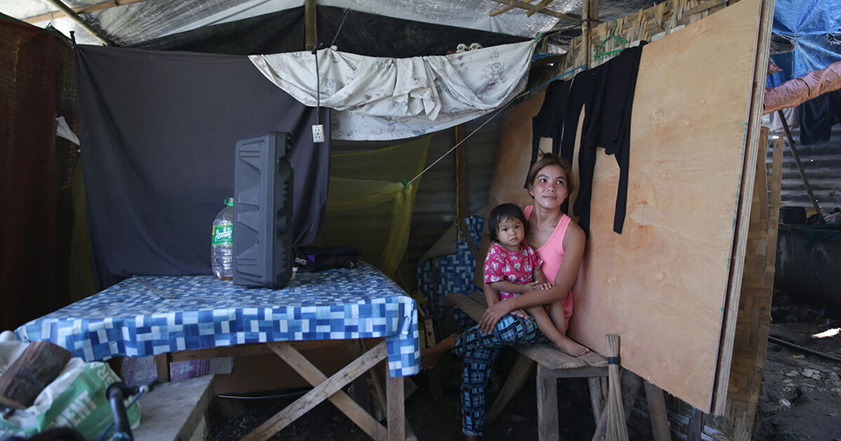
The Philippines has been rocked by disasters again and again. It is the country ShelterBox have responded in the most with over 30 responses in nearly 25 years.
Why does the Philippines experience so many disasters? It’s partly down to geography. The waters of the western Pacific Ocean around the Philippines are warm. This can cause severe typhoons to blow into the country. The islands experience around 20 typhoons a year. Geology is also a factor – the Philippines are on the Pacific Ring of Fire. This means they are prone to both earthquakes and volcanic eruptions.
There are human factors involved too. The more risky low-lying islands have the cheapest housing. People have flocked here in recent years to find places to live. But these houses are simply not built to withstand severe weather. And the people living there can’t afford to move somewhere else. With storms becoming more severe, it’s likely that cyclones and floods will continue to pummel the Philippines. But the people living there have nowhere else they can go.
Monalyn is one of the many people we have supported in the Philippines. Her home was one of thousands destroyed in Super Typhoon Rai in 2021. Monalyn said that her house simply couldn’t withstand the wind and rain from the typhoon. “It was the wind and the flooding that caused the wood and the land to soften – that is why our house was damaged. All our corrugated iron sheeting flew away.” Aid from ShelterBox allowed the family to start rebuilding their home, this time with more secure foundations.
Disasters are so frequent here that we set up ShelterBox Operations Philippines. This is an NGO based in the country. ShelterBox Operations Philippines stores aid in a warehouse in Cebu. By being in the country, the team can quickly respond to disasters, and ensure aid gets to the people that need it as soon as possible.
Breaking the cycle of disaster
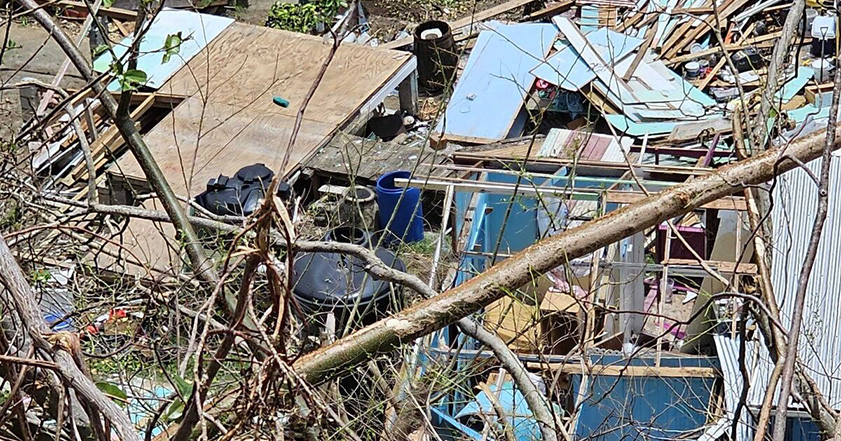
These disasters were caused by weather events. While the events themselves are natural, the disasters they created are not. Disasters happen through a lack of preparation, recovery and rebuilding. World leaders are not investing to give people the support they need to recover from disasters – or avoid them entirely.
We believe this should change. That’s why we’ve asked people to rethink disasters.
We are also changing our own aid. We make sure we have aid ready in warehouses if disasters strike. And we’re adapting our aid to make sure it’s appropriate for the places we are working. By working with the people impacted by disaster and local organisations, we try to make sure our responses are the best they can be. You can support us by donating now.

